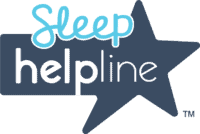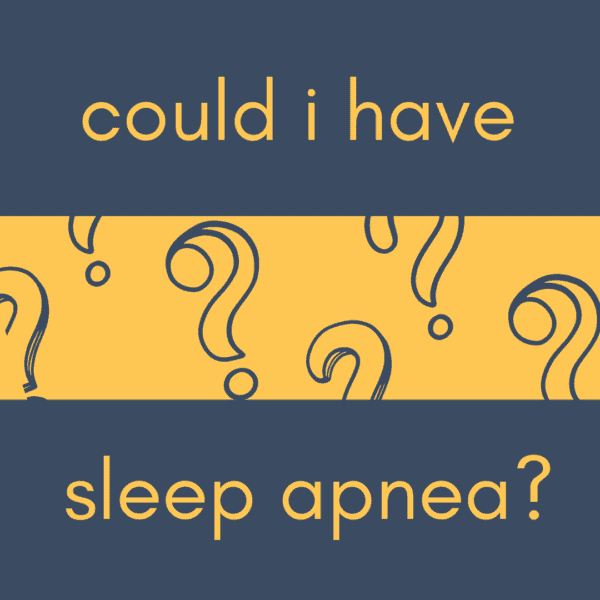What’s a sleep apnea test? The latest Apple Watch alerts users of possible sleep apnea. But what kind of doctor do you see to get tested for sleep apnea and what’s the difference between an at home versus in sleep clinic sleep apnea test?
Project Sleep’s Sleep Apnea Program Manager, Emma Cooksey, hosted the “Sleep Apnea Testing” broadcast with featured panelists Jody Martin, a Marine Corps Veteran and business owner living with obstructive sleep apnea, and Andrea Ramberg, MS, CCSH, RPSGT, a past president of the BRPT and Clinical Director at Ensodata to discuss all the options, insurance v. paying out of pocket, and advocating for yourself and your health.
Use the buttons below to jump to the different formats of this conversation and be sure to download our Sleep Apnea Testing toolkit for more info.


 Sleep Apnea Squad toolkits accompany each broadcast. The toolkits are designed for people living with sleep apnea and their loved ones to offer new tools, tips, and perspectives on navigating life with sleep apnea.
Sleep Apnea Squad toolkits accompany each broadcast. The toolkits are designed for people living with sleep apnea and their loved ones to offer new tools, tips, and perspectives on navigating life with sleep apnea.









